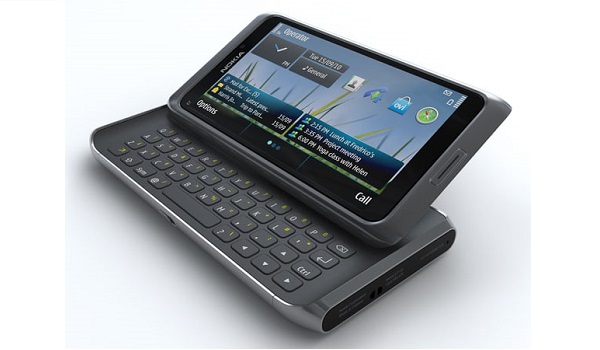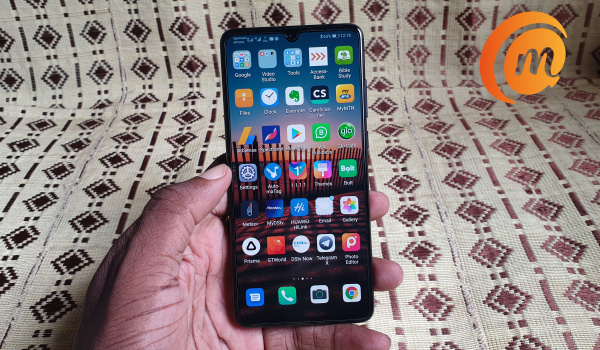If your phone regularly exhausts its RAM while you are using it, it slows down and becomes sluggish. Apps will also shut down in the backgroud, so when you go back to them, they actually have to start from a state of sleep. The summary is that RAM is essential to smooth running of apps and switching between apps. The more RAM you have, the more aps you can keep running at the same time. Once upon a time, smartphones did not require as much resources as they do now. As a matter of fact, in the beginning, the earliest smartphones had their RAM sizes in MB and they ran smoothly. I remember that the Nokia E7, a Symbian OS premium phone, had 256MB of RAM. That was back in 2011. Android phones proved to be even more resource hungry than anyone ever thought could be and they climbed higher up the RAM table. In 2012, Samsung’s flagship and the richest Android experience at the time, the Galaxy Note II, was equipped with 2GB RAM. That was a premium phone. Year after year, Android has needed more RAM. Of course, the same goes for iOS, though Apple’s mobile operating system is not as hungry as Android. Until recently, if someone wanted to know the least amount of RAM that I would recommend for a smooth experience on Android, my answer was 3GB. But in the last few months of handling a number of Android phones, I have observed that even with 4GB RAM, I get some hiccups. Note that I am a power user. That means I often have multiple task-intensive apps running at the same time. So, 3GB and 4GB RAM will still work for many everyday users who do not carry out image editing, video manipulation and all sorts on their phones. If you just use your smartphone for phone calls, messaging and social media, you will be mostly good with 3GB and 4GB RAM. Don’t panic. But power users like myself will have noticed how inadequate even 4GB of RAM is becoming. I reviewed the Huawei P30 during the year and found its 8GB RAM absolutely delightful to use. I also found 6GB RAM still very smooth to use on the Samsung Galaxy S9 Plus. But using a phone with 4GB RAM now is proving mildly annoying. I say mildly, because it isn’t a horrible experience at all. But every other day, I max it out and I feel the impact on performance. Perhaps it is this obvious to me because I have experienced more RAM. Once you have encountered better, anything less feels inadequate. So, maybe I am spoilt from having used more RAM on other devices. But then, that is really the only way to tell about these things. This is where experience matters: the person who has used two or more different standards is able to tell whether or not there is a valid difference.
Android apps are larger and hungrier
Android mobile apps keep getting larger and more resource-intensive. There are apps that used to be 3MB in size a year ago but are now ruuning into 25MB in size. Some are even much bigger. And more of those apps are connecting with the phone camera, with more sensors, and including more advanced capabilities than ever before. All of these have impacted RAM usage on today’s smartphones. Which is why the current crop of high-performance Android smartphones are equipped with 12GB RAM. Today’s smartphones require a lot more resources to run smoothly than ever before. Have you noticed how many smartphone manufacturers now have mid-range devices with 6GB and 8GB RAM? Exactly. It is because Android apps need those resources. The OPPO A9 2020 is a case in point. During my review, I found its 8GB RAM a delight for multitasking.
Upgrade your Android Phone’s RAM
Having handled phones with 3GB, 4GB, 6GB, and 8GB RAM, I can tell you for sure that there is a world of a difference between having 4GB RAM and 6GB RAM. If you are wondering, the only way to upgrade your Android phone’s RAM is to buy a new model. Mobile technology is not yet at the point where you can have your RAM module swapped with a higher capacity one. So, you have to include more RAM in your smartphone shopping list. If you do much with your smartphone and can afford it, get a phone with 6GB RAM at the least. If your smartphone usage is not as intense, 3GB or 4GB RAM will do. If you are on a tight budget and can afford only an entry-level phone, for the best experience, get one that runs Android Go Edition (click the link to read more on how Android Go Edition helps low-entry phones run smoother). If you can, go all the way and get a premium smartphone with 12GB RAM, because as Android mobile apps acquire new, more advanced capabilities, they will put more demand on your smartphone’s resources. By the end of 2020, we might be seeing flagships with 16GB RAM. Mad oh!
Don’t miss our mobile phone reviews.Follow our news on Google News.Join our WhatsApp Group, to be notified of the most important articles and deals,Follow us on Instagram, Facebook, Twitter, and YouTube.


